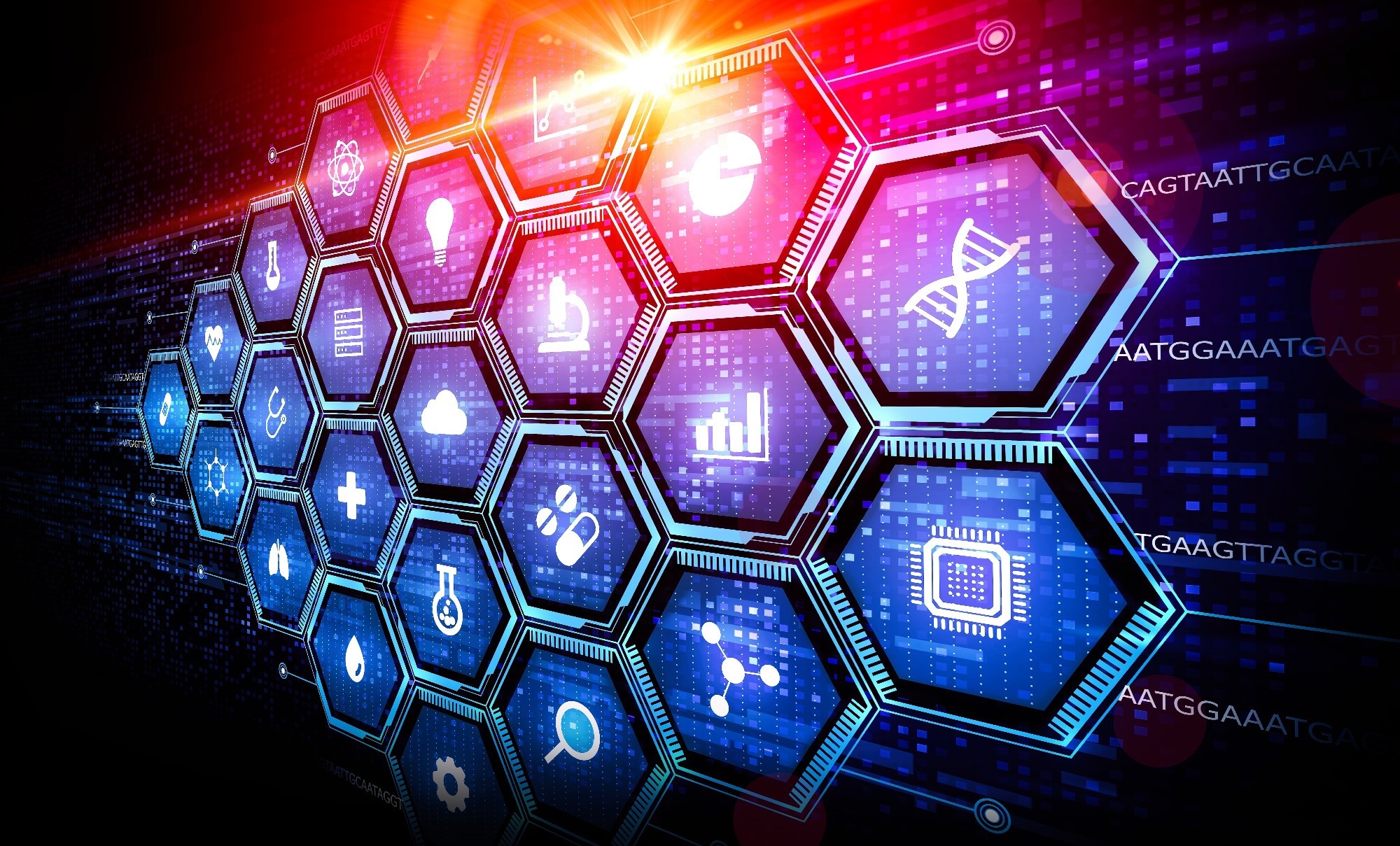A growing body of evidence indicates that probiotic bacteria play a vital role in human health. In combination with other therapies, probiotic bacteria also help alleviate symptoms of various illnesses. Understanding the role of specific proteins from probiotic bacteria can help improve treatment options and develop targeted therapies.
In a recent study published in the International Journal of Molecular Sciences, researchers reviewed the currently available proteomics strategies for identifying and quantifying probiotic bacterial proteins.
 Study: The Role of Proteomics in Identification of Key Proteins of Bacterial Cells with Focus on Probiotic Bacteria. Image Credit: ArtemisDiana/Shutterstock.com
Study: The Role of Proteomics in Identification of Key Proteins of Bacterial Cells with Focus on Probiotic Bacteria. Image Credit: ArtemisDiana/Shutterstock.com
Probiotic Bacteria
Probiotics are Gram-negative or Gram-positive beneficial bacteria that provide various health benefits to the host. These bacterial species can vary significantly in their structure and function. Common probiotic species include Bifidobacterium and Lactobacillus strains and Streptococcus and Bacillus species.
Some widely explored probiotic species included in commercially manufactured probiotic supplements are Lactiplantibacillus plantarum WCFS1 strain and Lacticaseibacillus rhamnosus GG.
Probiotic bacteria interact with the gut microbiome, encouraging beneficial bacteria growth while inhibiting the proliferation of pathogenic bacterial species and alleviating gut microbiome dysbiosis.
Recent studies have also found that probiotics are involved in the gut-brain axis and can help improve anxiety and depression symptoms.
Different probiotic strains are involved in physiological functions such as immune responses, digestion, nutrient uptake, and maintaining epithelial barriers.
The development of mass spectrometry and proteomics-based technologies have provided opportunities to explore the role of various probiotic bacterial proteins in human disease and health. Proteomics has significantly improved our understanding of molecular interactions between probiotic bacterial proteins and the host physiology.
Proteomics in Probiotic Research
Classical proteomics-based methods for analyzing probiotic bacterial proteins involve an initial step of protein fractionation, followed by gel electrophoresis, which could be one or two-dimensional (1D or 2D). The proteins separated through gel electrophoresis are then identified and quantified using mass spectrometry.
Mass spectrometry methods include matrix-assisted laser desorption/ionization (MALDI) time-of-flight (TOF) or liquid chromatography with tandem mass spectrometry (LC-MS/MS).
However, 2D gel electrophoresis has limitations associated with the poor detection of low-abundance proteins and the solubilizing of hydrophobic proteins. A shotgun or bottom-up approach involving the enzyme-based digestion of proteins has been used with LC-MS/MS to circumvent these challenges.
Techniques such as cell-surface labeling and shaving have been incorporated into a unified proteomic workflow to improve the detection and separation of low-abundance proteins such as membrane proteins.
Furthermore, mass spectrometry-based methods are also conducted in the media where the cells are grown to identify and quantify the secretomes or proteins secreted by the probiotic bacteria.
Using homopropargylglycine or azidohomoalanine as methionine surrogates in non-canonical labeling-based methods has also helped identify proteins newly synthesized by the probiotic bacteria in response to environmental stimuli.
Assays such as enzyme-linked immunosorbent assay (ELISA) and Western blotting are then used to validate the proteins identified through mass spectrometry-based methods. However, these assays require protein-specific antibodies, and in cases where the antibodies are unavailable, multiple/selected reaction monitoring can be used to accurately and sensitively validate the proteins.
Probiotic Proteins Identified Using Proteomics
The review also discussed a comprehensive list of proteins identified and quantified from probiotic bacteria using proteomics-based methods. These proteins can be broadly classified into three categories — intracellular proteins and whole-cell lysates, surface proteins, and secreted or extracellular proteins.
Proteomic analysis techniques have been used to identify intracellular proteins that respond to environmental stimuli, such as the proteomic profiling of nine Lactobacillus plantarum strains under bile stress. Comparative proteomics has also been used in Lactococcus lactis strains to determine the proteins involved in alcohol metabolism and stress resistance.
Various proteomics-based methods have been used to identify surface proteins in probiotic bacteria essential for the host's adhesion, communication, and colonization. These include covalently bound cell-wall anchored proteins and non-covalently bound interacting proteins.
Other surface proteins identified using proteomics include lipoprotein, multifunctional or moonlighting proteins such as enolase and glyceraldehyde 3-phosphate dehydrogenase, and macromolecular surface structure proteins in the flagella and pili.
Proteomics-based studies have also identified extracellular or secreted proteins in response to various stimuli. These include bioactive proteins that play a role in host interactions and cell communications, such as proteins involved in signal transduction pathways.
The study also discussed findings from various studies using proteomics to examine the health benefits of probiotics.
The review examined interactions between probiotics and the gut microbiome and its protective and preventative roles in arthritis, cancer, cardiovascular disease, metabolic syndromes such as obesity and diabetes, and mental health disorders such as depression and anxiety.
Conclusions
Overall, this comprehensive review examined various aspects of proteomics' role in investigating the benefits of probiotics for human health.
Apart from a detailed overview of the various proteomics-based methods employed to study probiotics, the review also discussed the types of proteins identified through proteomic approaches and the roles these proteins play in alleviating multiple human diseases.